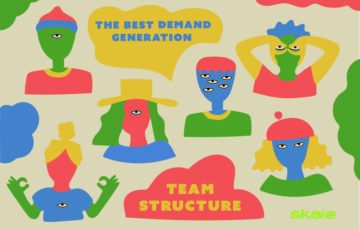
The Best Demand Generation Team Structure to Nurture Leads
So you know you need a demand generation team, now what? Read on for the people you'll need, their skillsets, and what you should be paying them.
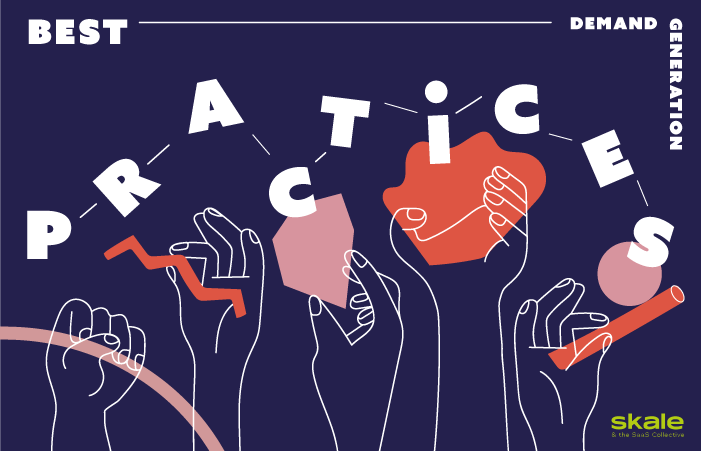
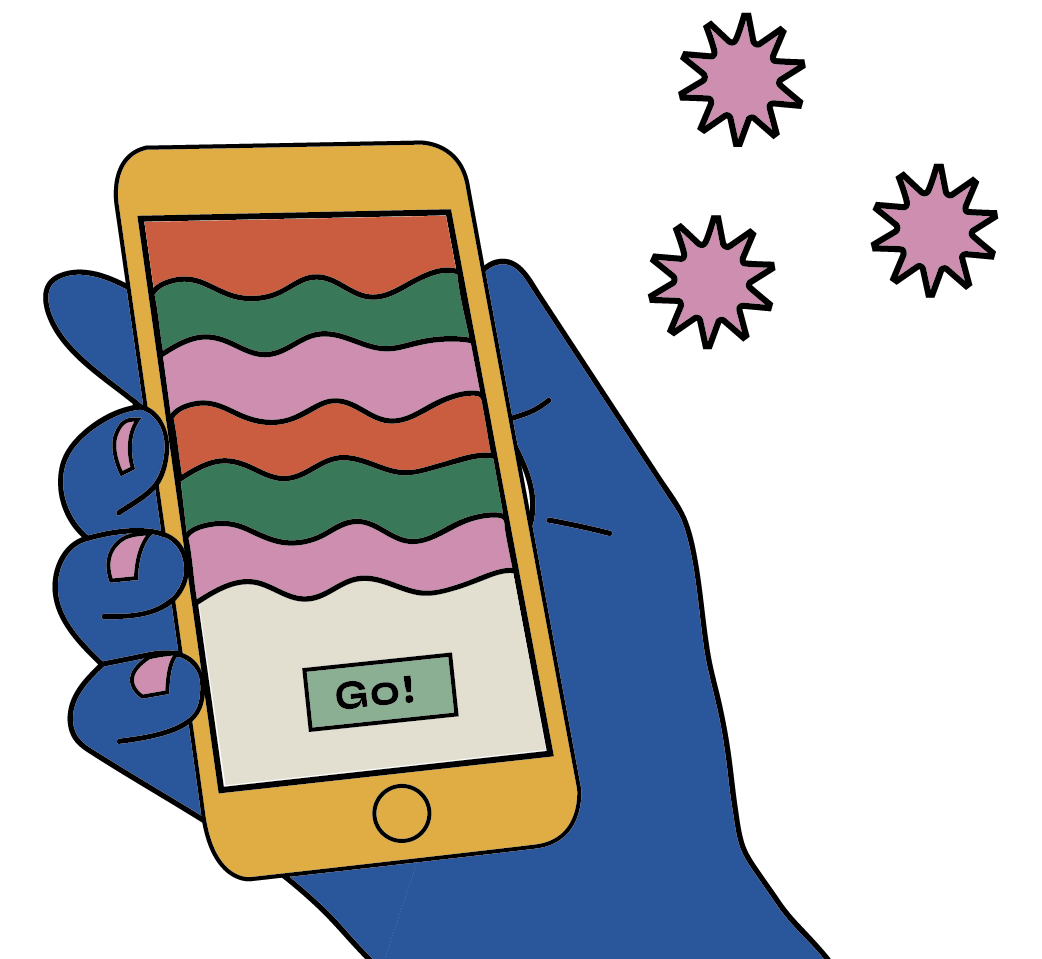
Skyrocket your demand generation with Skale
Partner up with experts and generate demand for your B2B SaaS
Schedule a callThere’s no silver bullet technique for B2B demand generation. But, at the same time, we’re not out here hunting werewolves, we’re generating demand. And we’re going to show you how.
In this article, we’ve collected eight demand generation best practices from the experts, so SaaS marketers like you can establish a starting point for DG, or build a comprehensive demand generation campaign that will drive real, tangible results.
Before you get started with your demand gen efforts, we’re going to help you identify some key parameters of your demand gen strategy in this guide.
Start with a clear outline of your objectives and a budget for your demand gen efforts. Look at the resources you already have and analyze their current performance, while benchmarking some greater success metrics. Identify resources that have brought in your highest-paying accounts.
Next, focus on 20% of the resources that bring 80% of the results rather than spreading your budget thin on low-impact resources. As our very own Italo Vale points out: “Don’t get distracted by shiny objects, hyper-focus and resilience is the winning formula!”
Once you’ve identified your focus, you’re ready to start strategizing. Remember, your strategy is just one step in the right direction, towards generating demand. DG is an ongoing, ever-changing process, and you’ll need to identify some recurring best practices that work well. (Spoiler alert: we’re about to reveal them!)
Looking at metrics like ROI and conversion rates is a great starting point for measuring your DG and identifying those best practices with quantitative data sets. This data, alongside what we’re about to share, will help you to continue fine-tuning your strategy.
Let’s get started.

The eight demand gen best practices we’re about to cover are:
43% of marketers say organic search brings a major share of website traffic, and that’s why organic search tops this list of demand generation ideas.
Luke Genoyer, Head of Business Development at Global Call Forwarding, says one of the most important elements to achieve organic traffic is by providing great quality content and coupling it with great SEO practices:
“You want to create extremely relevant and engaging content for your core audiences, using SEO and “jobs-to-be-done” as a framework.
- Website content should follow SEO best practices, but you don’t want to write content solely for search engines. Your website content should rank in search engines, but you want to demonstrate authority and prove that your product is a good solution and that your brand has expertise once prospects land on your website.
- Identify keywords ranking 4-10, using Google Search Console, then optimize those pages, add new sections & missing elements, etc.
- Video SEO has been an emerging trend, as Google started featuring videos on many search engine results pages.
- New blogs and web pages should be mirrored by a YouTube video for double amplification. Videos should be embedded into the blog posts.
- You also need to be mindful of video ranking factors (video title & angle, video hook/getting to your point in the opening minutes, video thumbnail, and YouTube meta description.)
- Content localization is key for international businesses to rank organically in search engines. Don’t use machine translation.”
In the long run, organic search provides a relatively low-cost playing field where SaaS marketers have the opportunity to generate ample demand. The ROI on organic search, if done right, can be lightyears beyond paid alternatives like search engine CPC marketing.
The key to capitalizing on the potential of organic search is an impactful SaaS SEO strategy. The ultimate goal of an SEO strategy is to rank in SERPs for a specific target keyword, phrase, or topic.
Keywords bring users with relevant search intent to your website, grow awareness of your product, and generate more demand and leads over time. That’s why keyword research should be at the heart of your SEO strategy.
However, it’s not only about adding the right keywords to your blogs, as Dan Gray, CEO of Vendry, shared with us:
“SEO is not something that can be gamified anymore, and with the influx of AI technology creating content effortlessly, it is more important than ever to develop blog articles for SEO that have perspective and experience that an AI can’t replicate. This is where first-party data and case studies can be really effective as they are unique to your business.”
Paige Arnof-Fenn, Founder & CEO at Mavens & Moguls, says that without the basics of SEO:
“you do not exist today if you cannot be found online. Being invisible online is a terrible strategy, so make sure your site is keyword rich, mobile friendly, loads quickly, and produces meaningful content is the price of entry for effective SEO.”
Remember, Google’s algorithm is ever-evolving. As a SaaS marketer, you’ll likely have a lot on your plate: consider outsourcing your SEO to an experienced content marketing consultant or SaaS SEO agency—Psst. We know a thing or two about it!
Cultivating trust is at the top of the list for SaaS brands. Increasing brand authority and becoming a trusted voice in your area will boost your SEO efforts and attract more leads.
Like Paige Arnof-Fenn says,
“to generate demand, Content Marketing and Thought Leadership are great ways to build your brand, increase your visibility more broadly, raise your profile and attract more clients. Activities like speaking at a conference, writing articles, and building your following on social media all contribute to increasing your awareness with potential customers and building your credibility with a larger community.”
One helpful tip Paige gives to those starting out is that “instead of trying to start your own blog or newsletter, try contributing regularly to existing well-trafficked blogs in your industry or newsletters of like-minded organizations reaching the same target audience as you.”
This is particularly important if you’re exploring a new market niche or introducing an innovative solution to an age-old problem. In this case, you’ll need to educate potential customers about how your brand mission is helpful and why they need your product for their pain points. The most effective way to do this is by creating educational and thought leadership content to post online.
Creating this type of content comes with a mix of great SEO resources, expert writers, and unique insights that only your business is in a position to share.
As you become more of an authority brand, you should start to see a greater pull from target customers for your content, as your product and brand become a seemingly obvious solution to user pain points. It should make your sales efforts, well, less of an effort.
A few of our favorite tools to help you with this mission are:
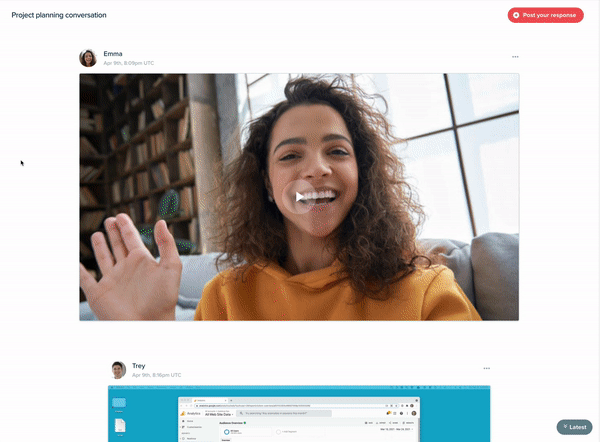
SEMrush and Ahrefs are also great tools to help you fine-tune your content. Both have an education center with tons of valuable insights which include articles, tutorials, and video resources.
Plus, they’re a great example of becoming an authority figure within their niche. Over the years, both brands have managed to connect with their users by providing them with free, valuable resources.
Looking for more demand generation tools? Check out our article on the 9 secret tools you need to try -> here.
Make your value proposition clear as quickly and concisely as possible for website visitors. Your website is a potential new user’s first handshake with your brand. Managing user experience through Conversion Rate Optimization (CRO) is key to capitalizing on users that are already interested in your solution. In fact, effective CRO can increase conversions by up to 300%.
CRO walks the prospect through your website in a contextually relevant manner. As a SaaS marketer, you’ll also want to stay on top of marketing metrics along the way. Identify where there’s room for improvement and continue to optimize call-to-actions, website design flow, and content to convert those visitors into leads.
Even after a lead has converted, delivering a continued engaging user experience is a key challenge for SaaS brands. From providing a great onboarding experience to acting on customer feedback, your user experience will become the essence of your brand. It will not only help you generate new leads but also sustain the demand for your software solution in the long run.
A few tools to help you identify a website or app optimization opportunities are:
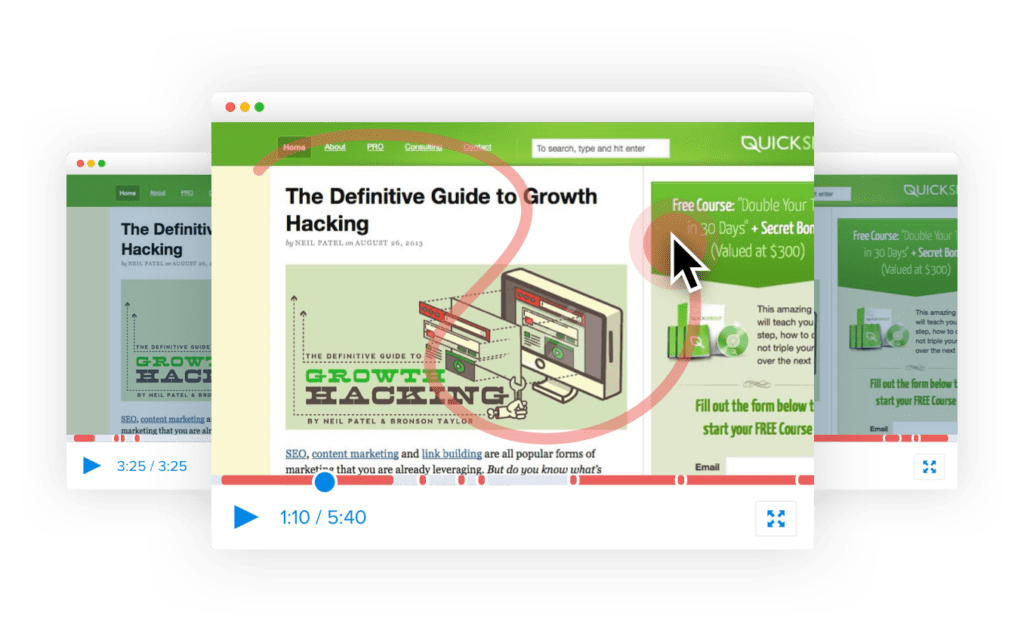
Luke Genoyer, says that for his CRO and user experience optimization he likes to use Microsoft Clarity or another heat map and session recording software to identify website bugs:
“For example, we used CrazyEgg for about a year (MS Clarity was recently released and is free, so we use that now). CrazyEgg helped us identify a major user experience issue in our website checkout.
You should also use heat maps to identify dropoff points in your content and sections that people skip over. Use these insights to rearrange your content and put the most engaging parts first.”
Despite SEO being such a stellar demand generation best practice, it can take a while to see results. Meanwhile, leveraging current networks where you can reach your target audience can be a more instantaneous demand gen goldmine.
You can do this through collaborating with like-minded SaaS brands on social platforms, blog posts, forums, podcasts, local meets, or PR opportunities. These also often come with the extra benefit of providing good SEO value, with increased backlinks, for example. Links from high-authority sites can particularly boost your position in the SERPs, steadily increasing your website’s authority.
Riaz Kanani , Founder, and CEO of Radiate B2B, told us why he thinks collaborations are key in the B2B space:
“With more marketing activity happening outside your website, collaborations are incredibly important. Building your own audience remains important as it gives you a foundation to build out all your activities from, but waiting for your audience to sign up is often too late – as by that time, your competitors will already have been engaging and influencing them. We collaborate with influencers and thought leaders and co-promote on our LinkedIn Live as well as guest appearances on their podcasts to reach a wider audience. This in turn increases our audience but also allows you to reach a much wider audience than you would otherwise be able to do.”
It’s important to find original and unique ways to collaborate with brands that have a similar ICP as yours. Present your collaboration in a way that feels natural and provides real value. Here you’re positioning your brand as a thought leader, and championing—not pushing—your product.
Demand generation campaigns are largely a team sport where the sales and marketing teams coordinate to find the sweet spot between the quality and quantity of leads. As a marketer, creating tailored content is your way of connecting your leads and the sales team.
After all, demand generation should help your sales team, like Dan Grey says:
“Demand generation is the discipline of converting those in your target market to qualified leads through awareness and activation, to bring them into your business ecosystem. While the sales team is responsible for ultimately converting them into a customer, without demand generation, there is no one to actively sell through at the top of your business funnel.”
Your potential customers are looking to gain a deeper insight into your software and services across all stages of the funnel. This is your opportunity to rake in the demand that’s coming to you and capitalize on specific areas of interest. Create content for all stages of the funnel to get the right message through to your target audience at the stage they need it most.
“From building the right targeted messaging (make sure you use the same language/lingo as your users) and incentive for your prospects to engage in a conversation, to providing an unbeatable user experience which at least matches your “marketing” claim,”
–Manuel Jaffrin, GetApp Co-founder.
Luke Genoyer says collaborating with your sales team is key “to create the assets they need to sell more effectively.” For example:
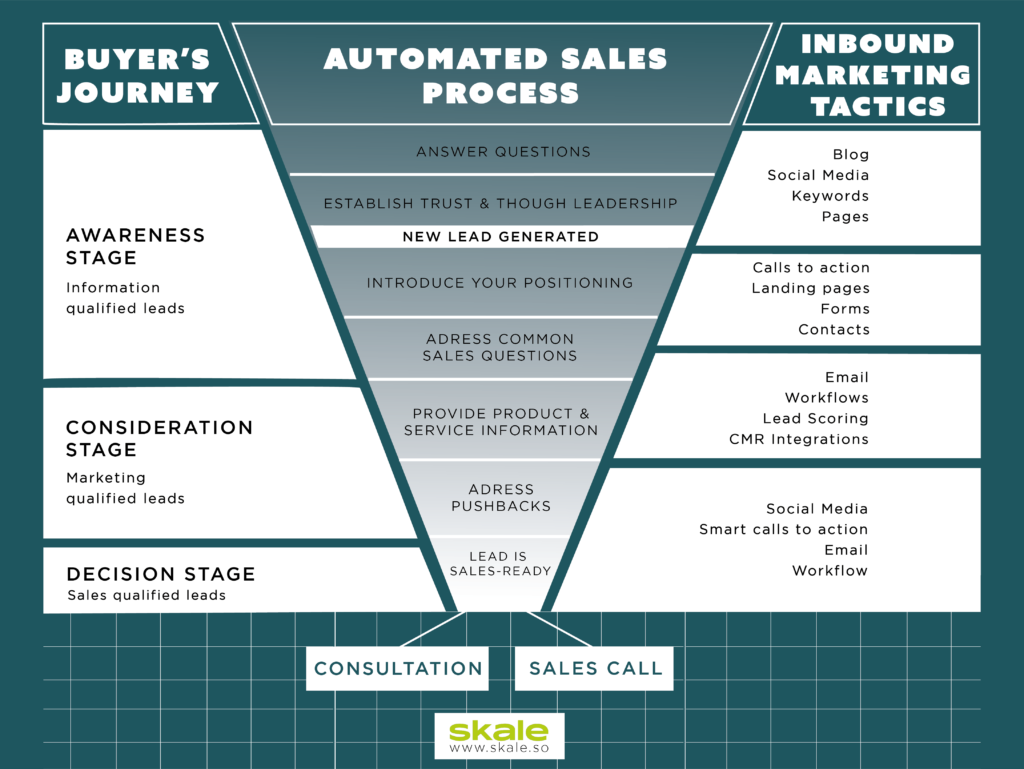
At the top of the funnel, offer your prospects infographics, a short product video, or a blog post to communicate the benefits that your software and services offer to them. The goal is to solve a problem a user has, which involves showing this user that such a solution exists.
As Andy Davis, Director of Demand Generation at Attest, points out:
“If you are running awareness and consideration campaigns in top-of-funnel channels and demo requests are increasing, you are successfully creating more demand in the market.”
For prospects in the middle of the funnel, create case studies and white papers to give them an insight into how your solution aces all the competing solutions they will find in the market.
Bottom-of-the-funnel prospects already find your solution to be a good fit. For them, create content that compares your software with the competitor’s, offer them a demo, and share testimonials from current customers.
Laser-focused content targeted to each stage of the funnel can make its delivery so much more effective. It generates demand for your product at all stages of the funnel by giving the potential customer precisely what they need.
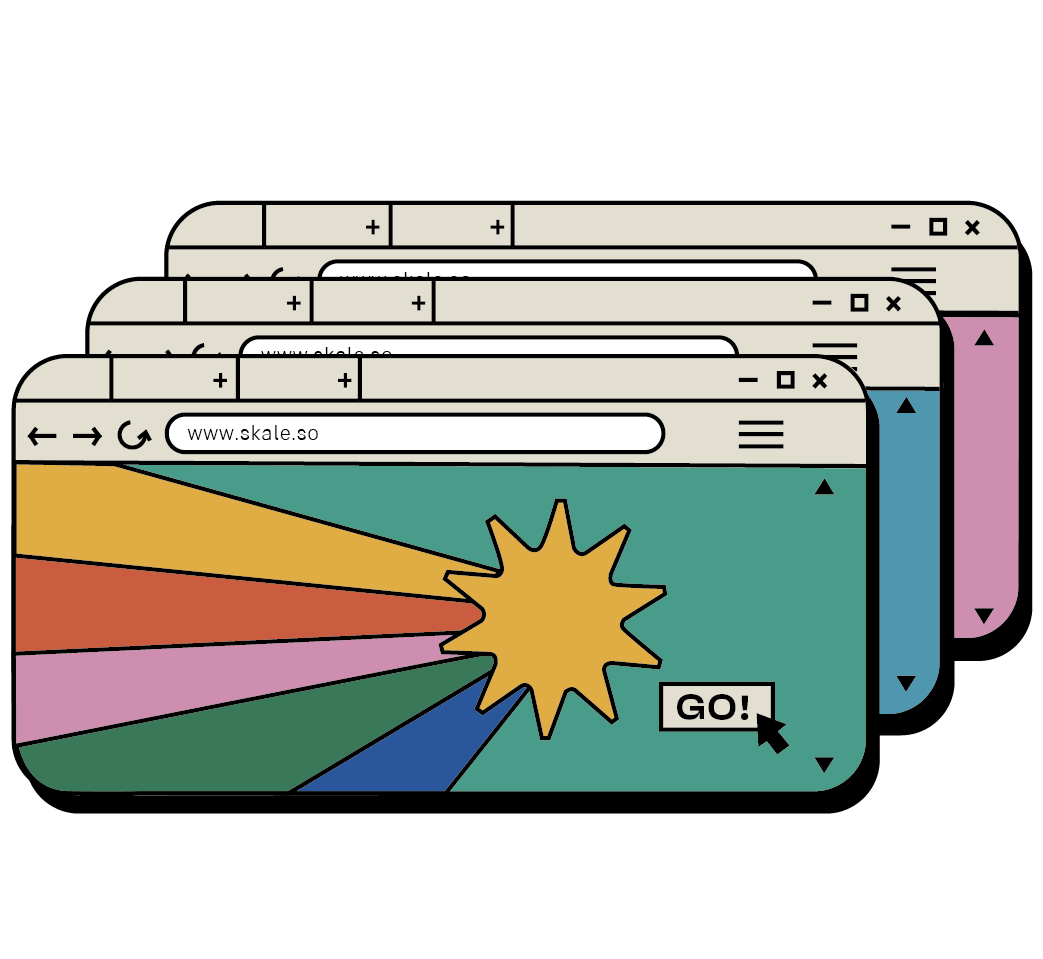
Take the guesswork out of SEO content marketing
See where Skale’s content marketing strategy can take your SaaS
Learn moreAI chatbots and marketing automation enable zero-error process delegation. A SaaS marketing team can harness granular data about a prospective customer’s on-site activity and leverage this data for customizing marketing emails and remarketing ad messaging.
Automation can also keep track of revenues, send event-triggered marketing emails or promotional updates to customers, and broadcast activity-triggered notifications to apps.
Luke Genoyer says that although they don’t use chatbots, they have numerous automations that help them “set up for abandoned carts, new customers, and free trial onboarding/activation. Additionally, we use automation for onboarding and sales follow-up to speed up “time-to-value”.”
Consider leveraging the power of an AI chatbot. A chatbot embodies a brand while ‘chatting’ with a prospect because it represents the brand to your customer, and can help improve your brand image. They can help reduce support tickets, build brand relationships, and act as an internal wiki for getting your content in front of its destined user.
Chatbots provide real-time assistance throughout the day and offer prospects a no-nonsense way to communicate. 90% of customers say that an immediate response is very important to them when they have a question. Using chatbots is an effective way to deliver real-time support and put a smile on your prospect’s face.
Fortunately, SaaS businesses generally have a unique opportunity where a brand can create integrations (or add-ons) to the brand’s main product. Most SaaS companies typically have additional products that go alongside the main product, so integration shouldn’t be that big a challenge anyway.
As a starting point, reach out to your customers for feedback on improvements they’d like to see in your product. Ask users what their current tech stack looks like, and what they’d like your product to be able to ‘speak’ to.
If your brand offers a single, standalone product, ask if other brands want to integrate their products with yours, provided there’s a good fit, of course. Once you’ve got these integrations in place, capitalize on their release with co-marketing campaigns.
Many SaaS products are available as a free trial. Once the free trial ends, customers may decide against buying the product. This could be for multiple reasons: failed onboarding, not reaching an Aha! moment, no longer needing the product, the cost outweighing the benefits. The list is long and beating customer churn as a SaaS business is tough.
If you see this happening, don’t abandon users just yet. Use lead nurturing strategies. Craft a personalized message telling them how your product may be helpful to them in a different way, use any data you have from their use of your product and translate that data into USPs.
As Ian Marck, Head of Growth Marketing at EasyMovie, says:
“Generation is all about new, but it is also about knowing how much is left and what can we do to optimize our current efforts.”
For SaaS companies leads often come from diverse sources, and each of these sources converts at a different pace. This effectively renders industry benchmarks as potentially misleading, because not two customer journeys will be the same, even with similar products.
A better way to monitor and measure success is to compare it with the company’s own demand generation metrics over time. Make sure you’re allocating resources to the most productive leads by tracking channels and sources of traffic individually.
Janelle Amos, Founder & Demand Gen Consultant at Elevate Growth says that she actually reverse engineer all of her demand gen plans:
“So I start with the KPIs and the stages that matter to us and really look at what’s stuck. What needs a little bit of nudging, is where the really big opportunity is and nobody has ever touched or thought about or done anything here. And then I reverse engineer what’s needed based on that.”
Success takes time, so don’t rush. Things may look slow at first, but over time, incremental improvements can contribute significantly to your revenue growth.

All SaaS companies implement some demand generation marketing tactics, consciously or not. However, some do it more efficiently and effectively than others. All SaaS brands should realize how important demand generation is for business, so here are a few important benefits:
SaaS companies aim to build awareness about their software and services through demand generation. Increased brand awareness helps SaaS companies attract more potential customers.
Increased awareness about your company’s software means your target audience may already be familiar with your product, which puts them in a better position to decide if your product is a good fit for them.
Demand generation marketing aims to attract high-quality leads that have a higher conversion probability when connected to your sales team. The greater the number of qualified leads you generate, the higher the chances of closing more deals and generating more revenue.
The business’s top line, the record of a company’s revenue, is where all efforts ultimately show up. Demand generation’s impact though is more direct. It focuses on bringing in prospective customers for sales teams to convert into actual customers, which will ultimately boost your revenue.
It’s not only the top line that benefits from demand generation. A less direct benefit of demand generation shows up on your financials as reduced customer acquisition costs over time. SaaS companies save resources when they spend less time explaining their solution and convincing prospects that their solution is better than that of competitors.
Unless you’re starting with a clean slate, you may already have a few demand gen tools and best practices in your overall strategy. If you’re tracking your demand generation metrics, and a few of them aren’t looking impressive, come back to these demand generation best practices to optimize your ROI.
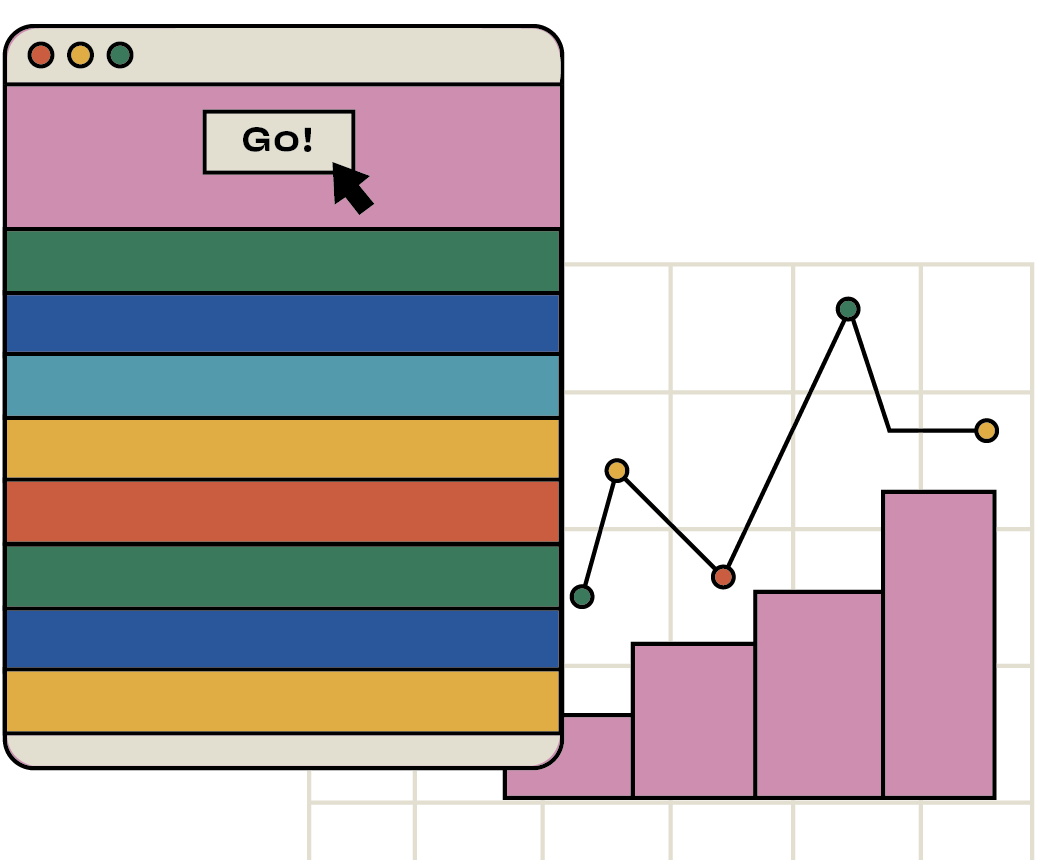
Massively scale your SaaS demand generation
Disover how Skale can help you achieve (and surpass) your SEO marketing goals
Learn more about our servicesThey might overlap in some areas, but demand and lead generation are different. Demand generation aims to whet the interest of your target audience in your product (i.e., creating demand). Lead gen is the next step that involves converting the interested prospects into leads (i.e., getting their contact details) to send over to the sales team.
Demand generation can be measured using demand generation metrics. Marketers should focus on the most important metrics such as MQLs, SQLs, and CAC, among others.
Demand generation metrics help you monitor the success of your demand generation efforts. Once you know what’s working and what’s not, you can optimize your strategies as needed and allocate resources to the most effective strategies.
Start by establishing the parameters you’ll need to operate within. This includes your budget, goals, and any other constraints you may have.
Next, study the demand gen best practices and pick a few to create your strategy. Once you’ve implemented the strategy, monitor key demand gen metrics and continue to optimize.
A successful demand generation strategy is a process that requires monitoring and optimizing and is not a one-off task.
Learn more about
Demand Gen

The Best Demand Generation Team Structure to Nurture Leads
So you know you need a demand generation team, now what? Read on for the people you'll need, their skillsets, and what you should be paying them.
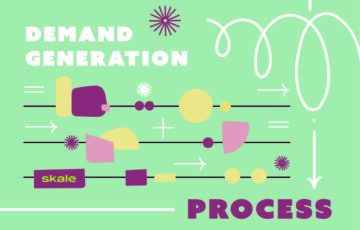
6 Elements to Include in your Demand Generation Process
Everything you need to know to build a stellar demand generation process, and a more profitable SaaS business.
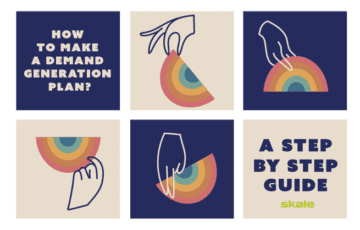
How to Craft a Winning Demand Generation Plan
Your eight-step guide to crafting a demand generation plan that helps your SaaS take flight.